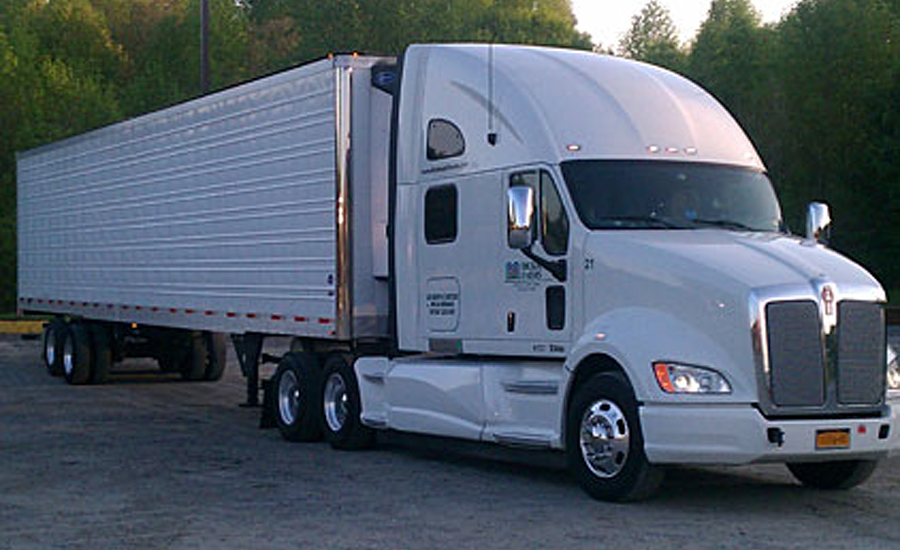Study: Transportation, logistics job openings rise 49% in June
As increased demand for shipping from the rise of e-commerce tangles with an aging trucking workforce, demand for workers and is rising.

The U.S. labor market continued its sluggish performance in June, offering little relief after a disappointing jobs report in May, according to a “Job Market Report” produced by Glassdoor, Chicago.
In fact, the report shows that in June, job openings rose 1.4% and median base pay rose 1.7% compared to the same period last year. While continued growth is a positive sign, both figures represent a deceleration from 2018.
Annual growth in job openings during 2018 averaged 9.8%, but that sharply decelerated in 2019 with growth averaging just 2.2% up to June. Job postings grew even slower at 1.4% in June, resulting in 5.65 million job postings on Glassdoor. Although that’s below the April peak of 5.81 million job postings on Glassdoor, it’s still a healthy figure indicating workers remain in high demand.
Local metro trends in job openings
Philadelphia leapfrogged to the top of the list of metros with the fastest growth in job openings on Glassdoor, growing at 6.3% year-over-year. Other mid-sized metro areas like Atlanta (up 5.9%), Boston (up 5.8%) and Seattle (up 4.3%) saw strong growth in job openings. In contrast, the nation’s largest metro areas like Los Angeles, New York City and Chicago saw stagnating growth in job openings, at a decline of .3%, .2% and .5% respectively.
Boston sat in the sweet spot in June of strong growth in job openings, which increased 5.8% year-over-year. With graduations aplenty in June, college-town Boston’s abundance of new graduates are joining the labor market at a particularly favorable time.
Tech-hub San Francisco continues to outpace the competition in terms of pay growth, but falls behind in new job openings. While San Francisco recorded 3.1% growth in median base pay to a nationwide-high of $72,467, it saw a decline in job openings of 0.1%. The total number of job openings is still healthy, but the opposing trends may reflect the rising cost of living pricing out opportunities for new workers.
Trends in job opening growth
Transportation and logistics job openings grew 49% in June, faster than any other industry tracked. The increase in job openings is mirrored by pay for truck drivers, which rose 4.2%. As increased demand for shipping from the rise of e-commerce tangles with an aging trucking workforce, demand for workers and is rising.
Job openings in manufacturing decreased by 13.4%, continuing a slowdown after a strong 2018. The risks of escalating trade tensions with Mexico and China have dampened employer sentiment and hiring plans in the manufacturing industry. Additionally, as job openings are a forward-looking indicator of employer confidence, the decline in job openings signals that the broader slowdown in manufacturing may not be over.
Small businesses experienced the largest increases in job openings, signaling strong and broad-based business confidence. On top of that, small businesses have had the most difficulty filling open roles. As the labor market tightens, small businesses may struggle to keep up with larger employers with more capacity to raise wages.
Trends in pay growth
Low wage jobs like restaurant cook experienced the fastest pay growth in this historically tight labor market. In contrast, June marks a new record for the longest period of time without a hike in the $7.25 per hour federal minimum wage. Despite the lack of federal action, many large employers are raising wages themselves in order to attract workers.
The Glassdoor Job Market Report provides a real-time view of job and hiring trends and wage growth in the United States, including several metro areas, based on millions of online jobs and salaries on Glassdoor.
Looking for a reprint of this article?
From high-res PDFs to custom plaques, order your copy today!







